-
 UsedSram NX Eagle crankset 12s 175 mm used
UsedSram NX Eagle crankset 12s 175 mm used- €48.99
-
 New product -40%Sram NX Eagle crankset 12s 175 mm
New product -40%Sram NX Eagle crankset 12s 175 mm- €77.99
- €129.99
-
 UsedLeft crank Shimano Deore FC-M510 175 mm
UsedLeft crank Shimano Deore FC-M510 175 mm- €9.99
-
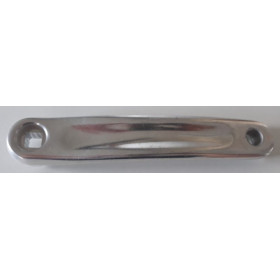 New productLeft crank 170 mm square
New productLeft crank 170 mm square- €8.99
-
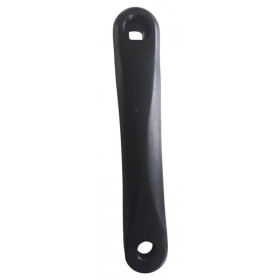 New productAluminium left crank 170mm
New productAluminium left crank 170mm- €9.99
-
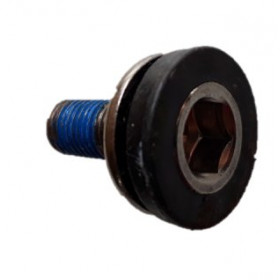 New productScrew for crank axle square
New productScrew for crank axle square- €2.99
-
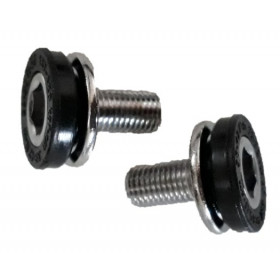 New product2 screws for cranks axle square
New product2 screws for cranks axle square- €4.49
-
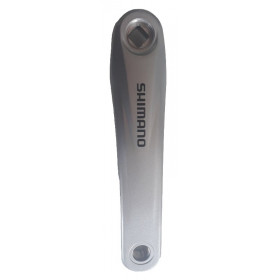 New productLeft crank Shimano FC-M391 170 mm
New productLeft crank Shimano FC-M391 170 mm- €38.99
-
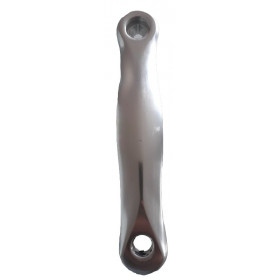 New productBicycle left crank Atoo square 170 mm
New productBicycle left crank Atoo square 170 mm- €8.99
-
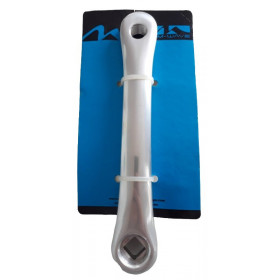 New productBicycle left crank square 170 mm M-wave
New productBicycle left crank square 170 mm M-wave- €8.99
-
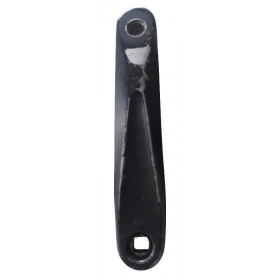 UsedLeft crank FSA 170 mm
UsedLeft crank FSA 170 mm- €4.99
-
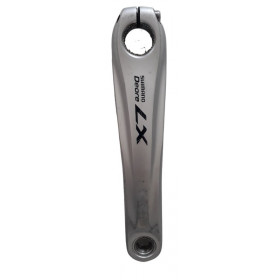 UsedLeft crank Shimano Deore LX FC-T661 170 mm
UsedLeft crank Shimano Deore LX FC-T661 170 mm- €17.99
-
 New productLeft crank Shimano Deore LX FC-T661 170 mm
New productLeft crank Shimano Deore LX FC-T661 170 mm- €24.99
-
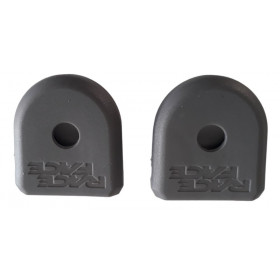 New product -60%Carbon cranks boot Race Face grey
New product -60%Carbon cranks boot Race Face grey- €6.00
- €14.99
-
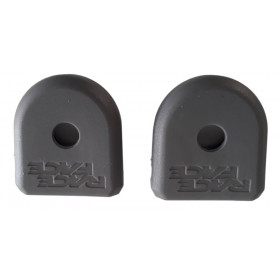 New product -60%Carbon cranks boot Race Face Sram Shimano grey
New product -60%Carbon cranks boot Race Face Sram Shimano grey- €6.00
- €14.99
Showing 1-15 of 15 item(s)
The crankset on a trials mountain bike is an essential component that plays a crucial role in transmitting power from the rider to the bike's wheels, while also influencing handling and responsiveness when navigating obstacles. Here is a description of its function, its characteristics and the associated standards:
Function :
1. Power transfer:
The crankset transfers the force exerted by the rider on the pedals to the chainrings, which then drive the chain and move the bike forward.
2. Maneuverability and responsiveness:
The crankset plays an important role in the weight distribution and center of gravity of the bike, which influences handling and responsiveness during technical trials movements.
Features :
1. Number of trays:
Modern trials mountain bikes are often equipped with single chainring cranksets, as this simplifies the transmission, reduces weight and avoids chain snagging during technical movements. However, some models may still use dual chainring setups to provide a wider speed range.
2. Size of trays:
Trial crankset chainrings are generally small, with diameters between 18 and 24 teeth. This allows torque and maneuverability to be prioritized over speed, which is crucial in this discipline.
3. Bottom Bracket Compatibility:
Trial mountain bike cranksets must be compatible with the type of bottom bracket used on the bike. Common bottom bracket standards include BSA threaded shell, PF30 press-fit shell, BB92 press-fit shell, among others.
Standards:
1. Bottom bracket interface:
Trial MTB cranksets typically use common bottom bracket interfaces such as the ISIS standard, Octalink standard, or Hollowtech II standard. It is important to choose a crankset that is compatible with the bottom bracket interface of the bicycle frame.
2. Transmission Compatibility:
Trial cranksets must be compatible with the bike's transmission, particularly in terms of gear ratio and chain used. It is important to choose a crankset suited to the bike's drivetrain configuration to ensure optimal operation.
